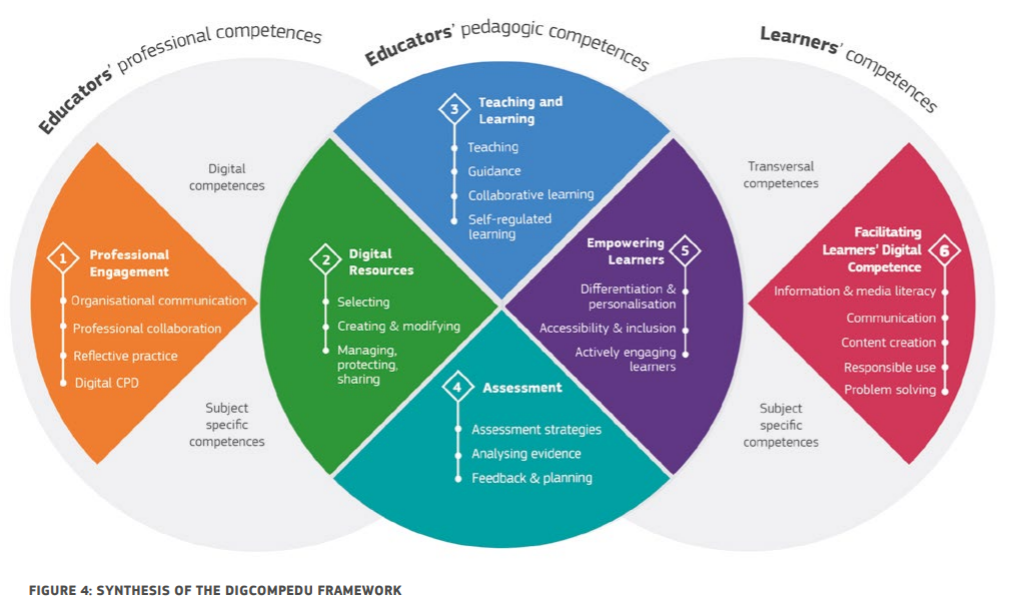Digital Competence
As all the schools are closed due to the epidemic, I think it is quite
relevant to talk about digital competence in general and also in the context of
teaching and learning.
How do we
define digital skills?
Digital skills
involve the knowledge and ability to determine information needs from digital
technology sources, and to appropriately use digital tools and facilities to
input, access, organize, integrate and assess digital resources as well as to
construct new knowledge, create media expressions and communicate with others.
Digital skills include both technical skills associated with understanding and
using digital systems, tools, and applications, as well as information
processing skills, which are the cognitive underpinnings of digital
proficiency.
(source: http://www.rewired4technology.com/286/)
Why do digital skills matter?
Take a look at David Timis, who explains in a brilliant TED talk, why
digital skills are so important in our life.
In this blog entry, the focus will be put on what kind of digital skills
a 21th century teacher needs as a role model and a learning facilitator.
Therefore, I’m going to analyze the so-called European Framework for the
Digital Competence of Educators (DigCompEdu), which is available here: https://ec.europa.eu/jrc/en/publication/eur-scientific-and-technical-research-reports/european-framework-digital-competence-educators-digcompedu,
on the website of The European Commission, published in 2017, as it has become
a widely accepted tool for measuring digital competence in education in Europe.
Instead of getting into all details this respectively large document
encompasses, I highlighted the following illustrations from the document:

As we can see on
the illustration above, DigCompEdu distinguishes six different areas in which
teacher’s digital competence is expressed, focusing on different aspects of
educator’s professional activities. More detailed:
1.
Professional
Engagement: This area refers to using digital technologies for communication,
collaboration and professional development.
2.
Digital
Resources: Sourcing, creating and sharing digital resources.
3.
Teaching
and Learning: Managing and orchestrating the use of digital technologies in
teaching and learning.
4.
Assessment:
Enhancing assessment by the use of digital technologies and strategies.
5.
Empowering
Learners: Using digital technologies to enhance inclusion, personalization and
learners’ active engagement.
6. Facilitating Learner’s Digital Competence: Enabling
learners to creatively and responsibly use digital technologies for
information, communication, content creation, well-being and problem-solving.
And as we can see
on the following illustration, all of the areas mentioned are interconnected:

With the spread of digital technologies, the role of the educator has changed a lot in this regard. Therefore, our task as a teacher involves promoting digital competence in the classroom as well.
Here is an excellent
Education Talks video, where Esther Wojcicki shares her ideas on how to apply
digital tools in the classroom:
Comments
Post a Comment